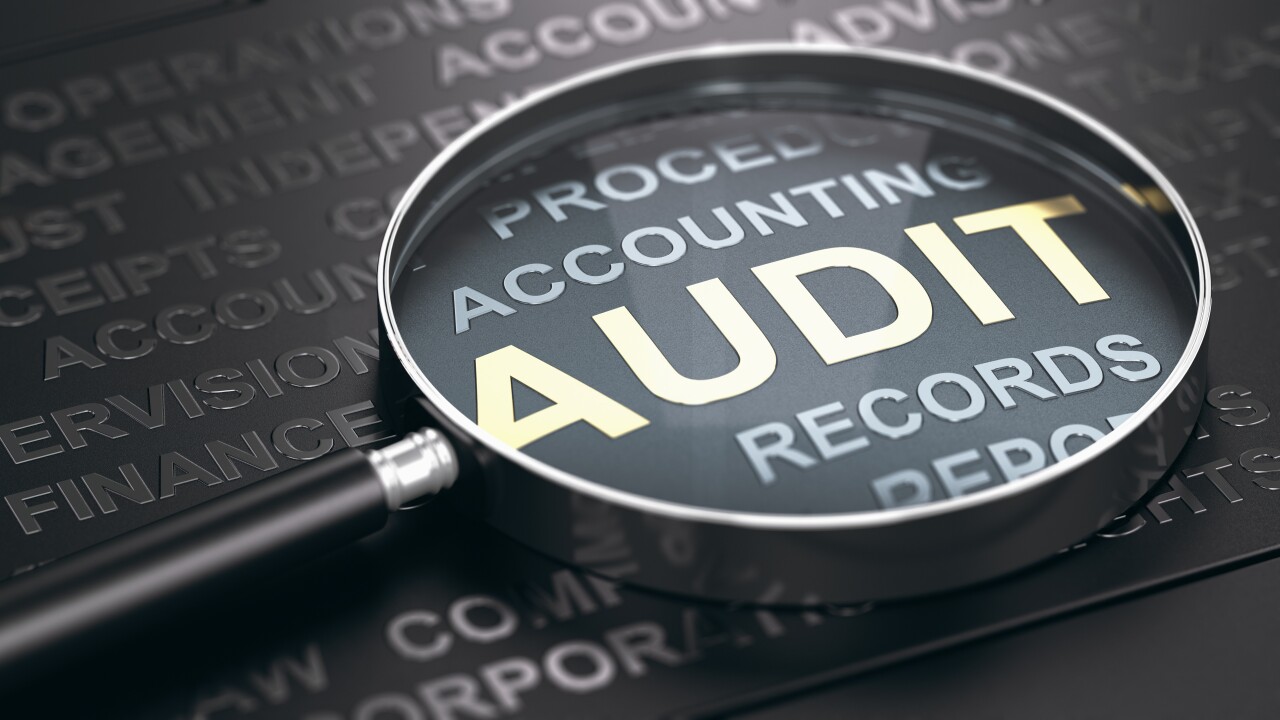It won’t make a sound. No tremor will be felt. But by the end of this year, as much as $3 trillion in lease liabilities will have landed on the balance sheets of our nation’s public companies.
The trigger?
ASC 842 changes the way companies across all industries account for their leases. The new rule aims to provide investors with a clearer picture of what companies owe through their lease obligations — including those for equipment and real estate. For public companies with calendar year-ends, ASC 842 went into effect in January 2019. In February 2019, nearly half of public company executives
Even so, many had a good idea of what they were dealing with. As a result, the public company implementations of the first major update to lease accounting in nearly 40 years has yielded a number of takeaways that can benefit private companies. Here are some of the highlights.





